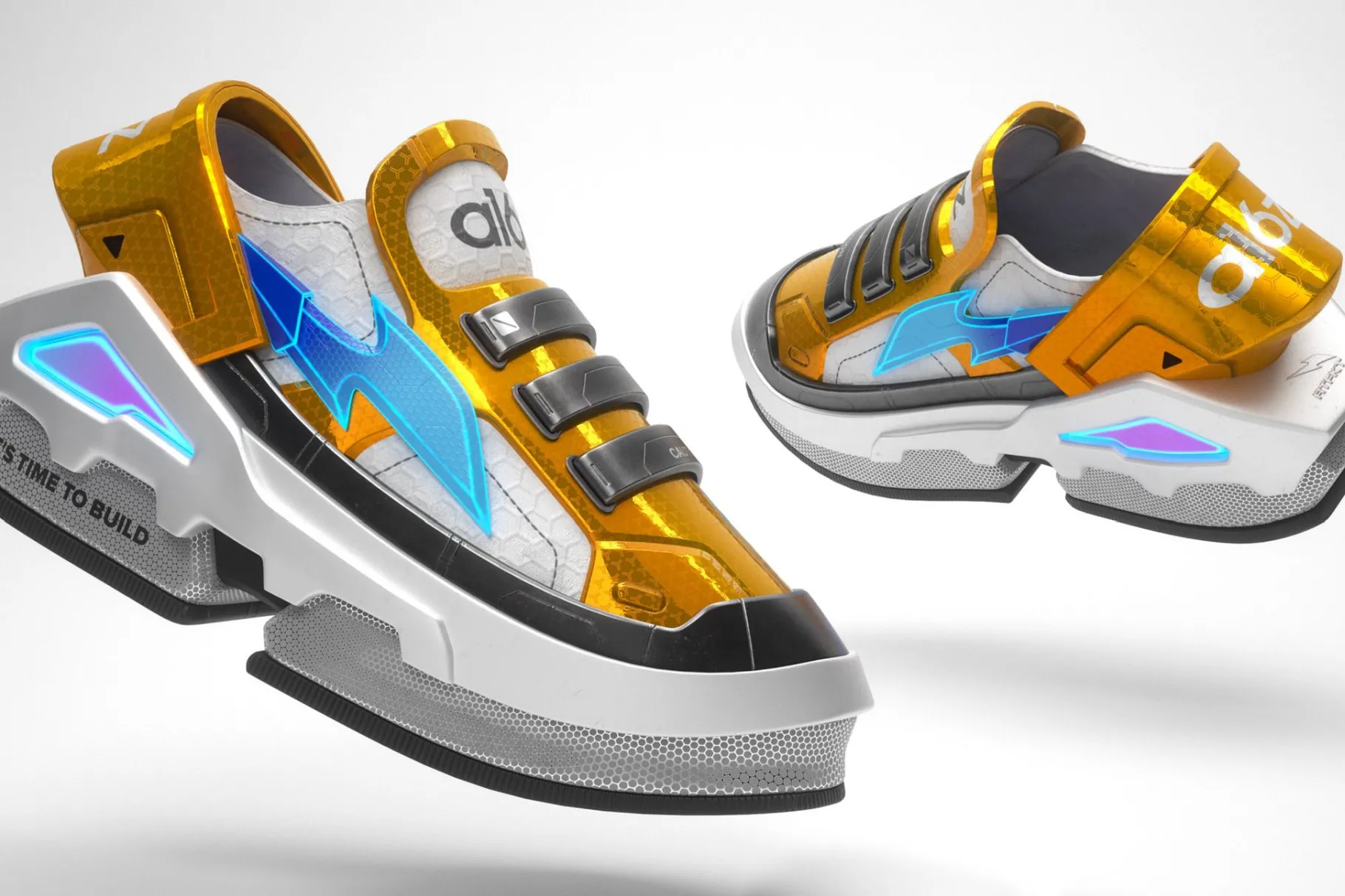My AltSpace avatar has blue skin, because, well, why not? My youngest daughter’s Roblox avatar looks like a stylized version of a crying panda, because she’s a bit of a goth. My wife’s avatar? Well, we’re a 50% avatar-having household at this point, and I don’t see that changing any time soon.
But with the news that Nike has acquired virtual sneaker company RTFKT (pronounced “artifact”), it’s entirely possible that I’ll soon be hearing demands for must-have digital sneakers under the virtual Christmas tree. And for those of us trying to make sense of metaverse hype and RFT implications, digital sneaker drops are one way to understand how real world brand behavior evolves in digital spaces.
Fashion brands have long traded on the idea of exclusivity. When demand outstrips supply, premium pricing kicks in. And kicks, as in sneakers, enjoy an entire fan ecosystem that thrives on the collectable value of classic shoes. Meanwhile, product drops build anticipation for new and often limited-edition products. Picture sneakerheads lining up outside flagship stores for the latest hard-to-find Nikes, Adidas et al., or trying to grab the latest limited-edition apparel from buzzy streetwear brands like Supreme.
For some, the drop is a speculative opportunity, a chance to make a few bucks on the secondary market (you can dip a toe in this resale world at Grailed.com, who offer a fascinating article on the history of the streetwear drop). For others, it’s all about the flex, wearing shoes and apparel that other aficionados consider classic, or ahead of the curve, and above all hard-to-find.
With RFTs (blockchain-linked non-fungible tokens that authenticate the ownership of digital objects — learn more about that here), the idea of dressing your avatar in rare and unique apparel becomes a reality. The drops are digital, the currency may ultimately be some kind of crypto, but the wallet-emptying cost of exclusive avatar sneakers will still feel all too real.
Style bible GQ recently pondered the fact that the fashion industry is currently “obsessed with the metaverse,” which Cathy Hackle, CEO of the Futures Intelligence Group, defines as a web 3.0, connecting people, locations and things (where) “people, spaces, and assets can be, sometimes, in a fully virtual synthetic environment.” One metaverse-defining functionality being the ability to take the same avatar beyond a single walled-garden environment and be the same digital self whether playing Beat Saber, socializing in Meta’s Horizon Worlds or going shopping in a virtual mall.
Video game skins (add-ons that customize the look of in-game characters) are already a multi-billion dollar market. It’s not hard to convince gamers to part with money to look fly in Fortnight, where fashion brand Balenciaga are partnering with Epic Games to build their own virtual store.
Meanwhile, I’ve seen my daughter spending her precious Robux in-game currency stash on a wardrobe of avatar upgrades to create her own look in the somewhat-blocky visual world of Roblox. Should ubiquitous YouTube influencer MrBeast produce his own line of in-game avatar apparel (and he probably will), I know someone whose life will not be complete without fully-authenticated metaverse MrBeast merch.
For now, my own AltSpace avatar doesn’t even have feet, so I don’t have to worry about showing up anywhere in pricey digital sneakers (the avatars in Meta’s Horizon Worlds are similarly legless). And clearly, digital apparel is just one aspect of the impending metaverse marketplace.
Brands as mainstream as Applebee’s are jumping into the mix with their own weekly NFT drops, starting with artist Amber Vittoria’s rendering of a digital burger. But for many, the initial response to collectible digital burger art might be “what’s the point?” By comparison, digital apparel is an easily-understood point of entry into thinking about the metaverse.
In real life, we all need clothes, and in the virtual world, we might want more than the default options. In a world of oddball brand collaborations (limited edition KFC Crocs, anyone?), you don’t have to be Nike to see virtual sneakers as one way to get a foot in the digital door.
